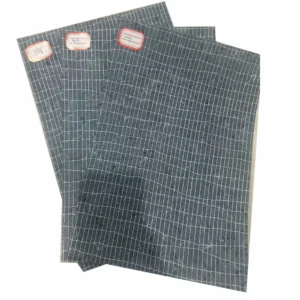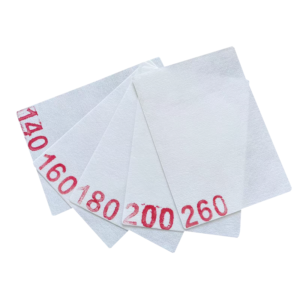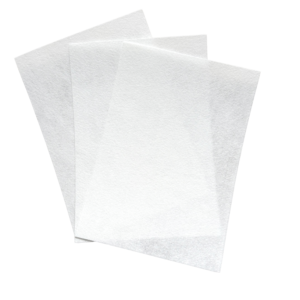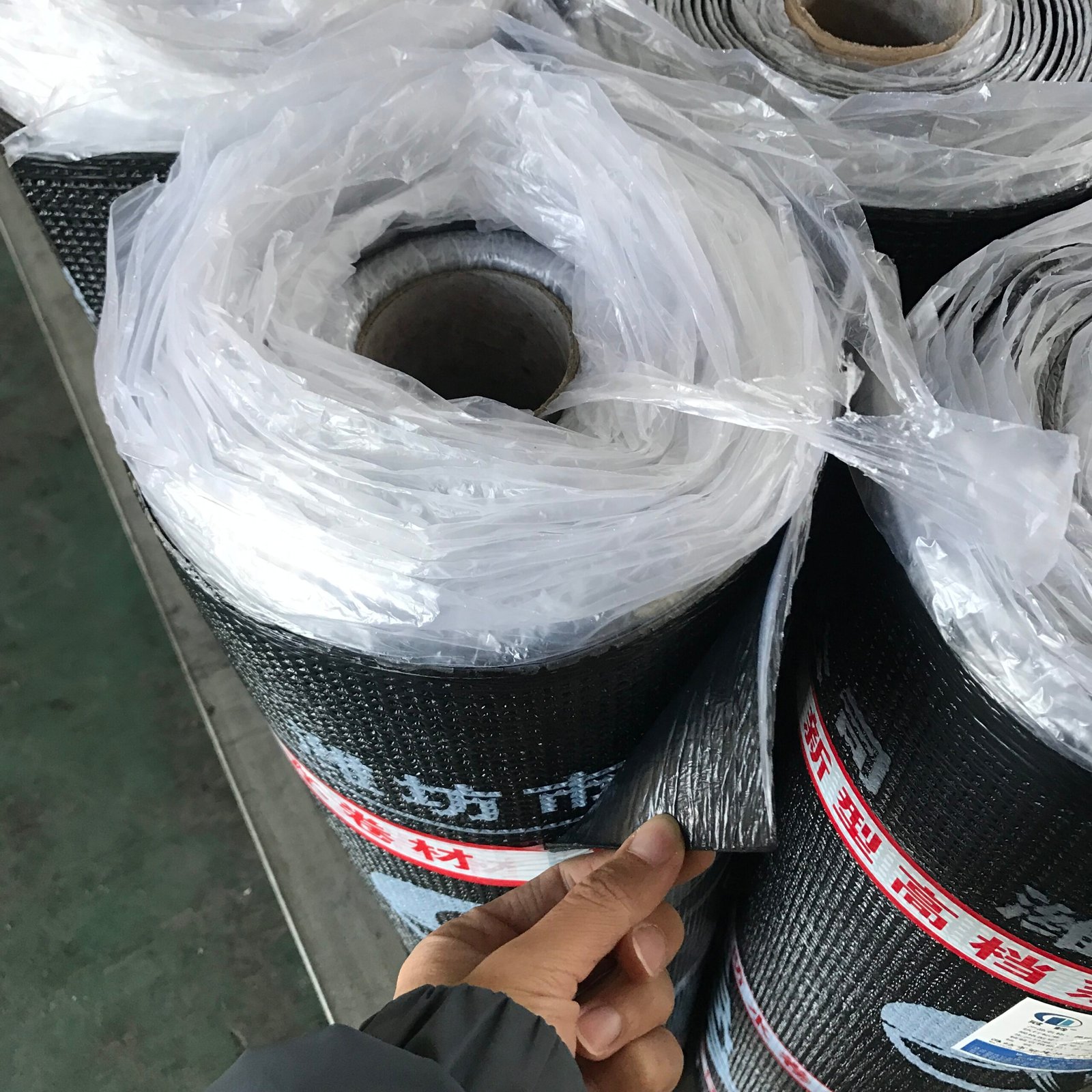In roofing and waterproofing systems, the reinforcement mat (also called carrier or base mat) is a critical component that impacts the longevity and efficiency of membranes. This guide analyzes and synthesizes three types: Compound Base Mat, Spunbond Polyester Mat, and Polyester Mat, and outlines recommendations for selection based on requirements, material properties, and industry benchmarks.
1. What is a Compound Base Mat?
Definition: A Compound Base Mat is a composite reinforcement made by laminating two or more materials (e.g., fiberglass + polyester, cellulose + fiberglass) to combine the advantages of each.
Key Benefits:
-
High tensile strength due to embedded fiberglass;
-
Superior dimensional stability, with low shrinkage (<0.5%);
-
Excellent resistance to chemical corrosion and aging, ideal for demanding applications.
Applications:
-
Reinforcement in SBS/APP modified bitumen membranes;
-
Waterproofing systems for chemical tanks, basements, and infrastructure;
-
Suitable for industrial roofing and below-grade waterproofing.

2. What is Spunbond Polyester Mat?
Definition: Made using spunbond technology, this mat consists of 100% continuous polyester fibers spun into a uniform nonwoven fabric. It offers a balance of strength and flexibility.
Key Benefits:
-
High tensile performance (350–900 N/5 cm);
-
Excellent permeability, enabling effective asphalt saturation;
-
Thermal stability up to 200 °C with shrinkage <2%;
-
Good bonding with asphalt and coatings.
Applications:
-
Widely used in SBS/APP modified bitumen membranes;
-
Ideal for roofs, tunnels, garages, and other moderately flexible structures.

3. What is Polyester Mat?
Definition: A Polyester Mat refers to traditional needle-punched or chemically bonded polyester nonwoven fabric used in waterproofing membranes.
Key Benefits:
-
High elongation, accommodates structural movement;
-
Cost-effective and widely available;
-
Good basic reinforcement for standard waterproofing needs.
Applications:
-
Residential and commercial roofing membranes;
-
Underlayments in concrete slabs, foundations;
-
Projects with limited structural stress or budget constraints.

4. Comparison Table
| Feature | Compound Base Mat | Spunbond Polyester Mat | Traditional Polyester Mat |
|---|---|---|---|
| Structure | Multi-layer (e.g., fiberglass + polyester) | 100% spunbond polyester | Needle-punched/chemically bonded polyester |
| Tensile Strength | Highest | High | Moderate |
| Elongation | Moderate | Medium–High | Highest |
| Dimensional Stability | Excellent (<0.5% shrinkage) | Good (<2% shrinkage) | Basic |
| Chemical/Aging Resistance | Excellent | Good | Average |
| Cost | High | Medium | Low |
5. How to Choose the Right Base Mat?
| Use Case | Recommended Material |
|---|---|
| High-performance waterproofing (industrial/chemical) | Compound Base Mat |
| Versatile roofing with flexibility and strength | Spunbond Polyester Mat |
| Standard residential/commercial use | Polyester Mat |
Need flexibility? Choose Polyester Mat.
Need strength and chemical resistance? Go with Compound Base Mat.
Need balance? Spunbond Polyester Mat is ideal.
📚 Recommended Technical Sources
✅ Final Thoughts
Choosing the right reinforcement mat is not just about cost—it’s about project longevity, durability, and safety. Here’s what you should do:
-
Know your project’s movement and stress conditions;
-
Consider long-term exposure to heat, UV, and chemicals;
-
Choose a mat that matches the membrane type and environment.
For detailed datasheets, safety certifications, or supplier quotes, feel free to check the links above or contact a certified waterproofing system provider.
Contact Us
Weifang Guanlong Waterproof Material Co., Ltd.Your reliable partner for high-quality materials and professional support.
📞 Phone/WhatsApp: +86 18263668883
🌐 Website: glwaterproof.com/product/
📧 Email: guanlinguoji@126.com







